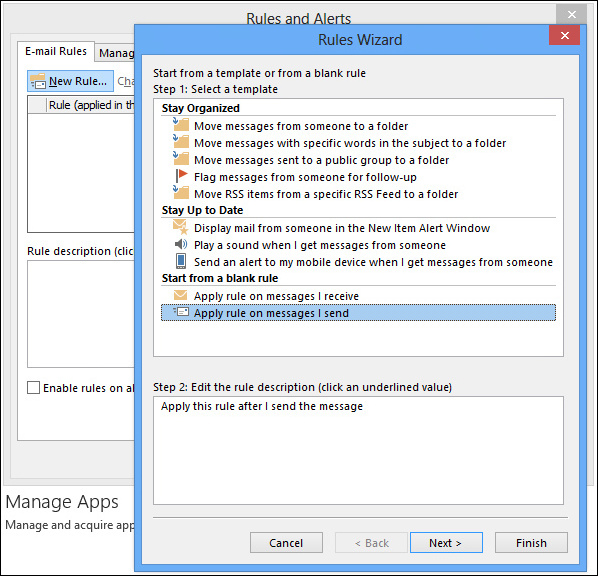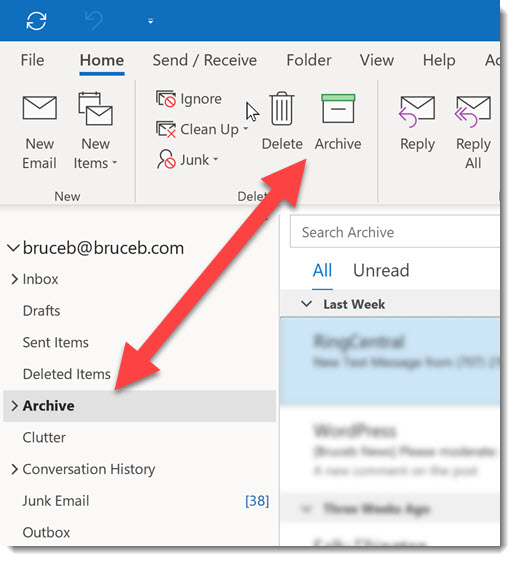
Mail will change the text to purple and then mark the messages as flagged. First, Mail will move messages that meet either of the conditions into my Inbox. I used the pop-up menus to do a number of things.

The second section of the rule contains the actions you want Mail to take on messages that meet the conditions. This rule changes the color of messages from my Macworld colleagues.

I clicked on the plus-sign (+) to add another line and then entered the next domain name there. In the first condition line I set the pop-up menus to “From” and “Contains” and then typed in a domain name. In the first section of the rule, I set the pop-up menu to “Any” to make sure Mail applies the rule if any of the following conditions are met. In this example, I want all e-mails from and addresses to display in purple. (If you use smart playlists in iTunes, you’ll notice some similarities.) You can change their order by dragging a rule up or down.Ĭlick on Add Rule to display the dialog box where you set the rule’s conditions and determine its actions. Mail goes through these one by one in the order you see them. I use this rule to highlight mail from specific friends, accounts, or clients.įirst, to create a rule in Apple’s Mail, choose Mail -> Preferences, then click on the Rules icon. One of the most practical rules I use changes the color of certain messages to make them stand out.

Here are five essential e-mail rules that will help you take control of your correspondance. Using e-mail rules is easy, and Mail’s interface lets you set up their conditions and actions with just a few clicks. Use these simple yet powerful tools to sift through your e-mail and apply changes to messages, filter messages into specific folders, forward them automatically, set off alarms, and more. If you’re overwhelmed by your e-mail, Mail’s rules can help.


 0 kommentar(er)
0 kommentar(er)
